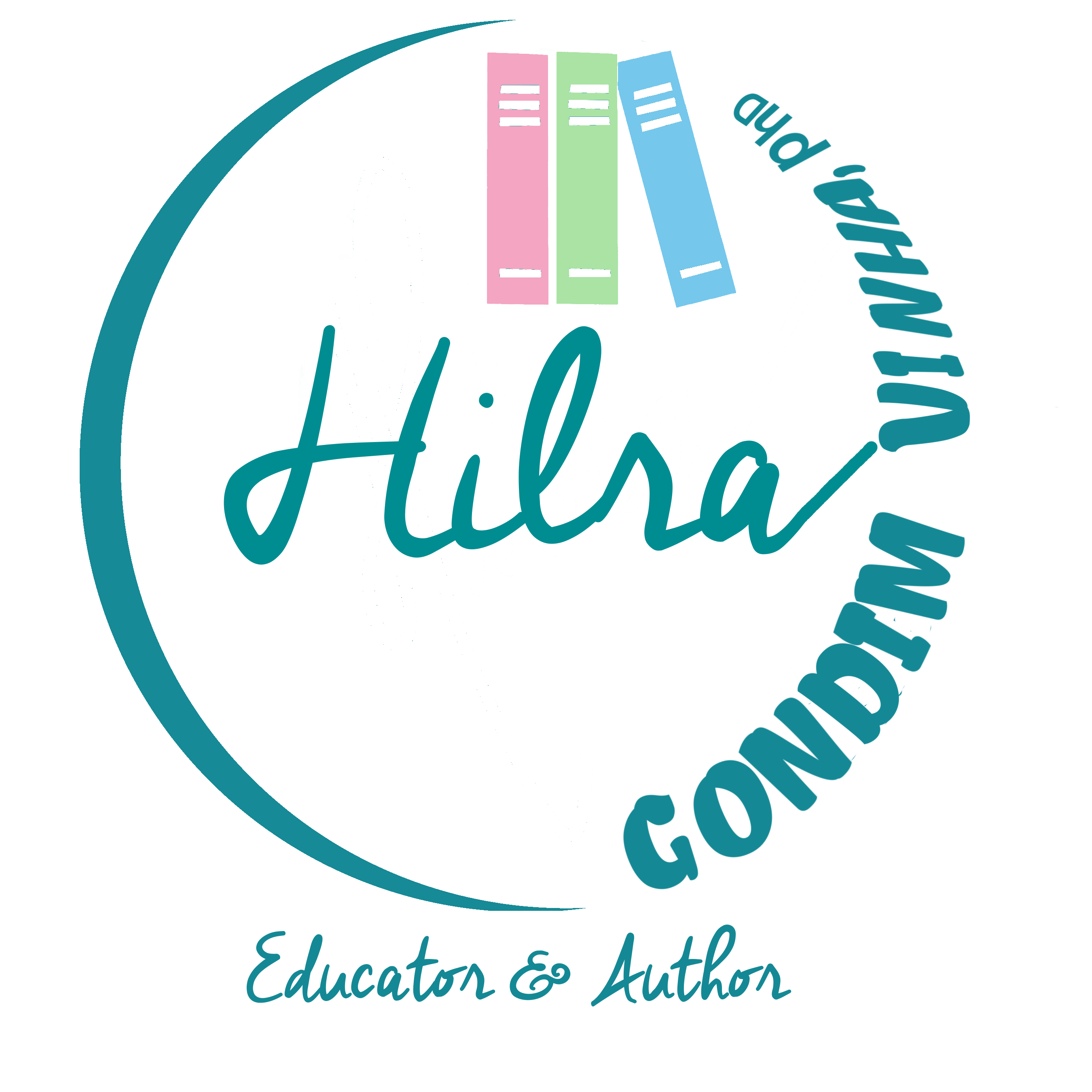My research involved visual metaphors and visual fiction, so one day I was discussing my methodology with Kalina, and she recommended Persepolis, as this is a visual novel. At the time I purchased the book, had a quick browsing but could not spend much time reading it. However, I was pretty impressed with what I gathered from my scheme reading. But only now, I finally managed to read it!
Persepolis has not only taught me a lot about a history I knew next to nothing about (the history of Iran) but also made me laugh, made me cry. What an exceptional book! In addition, the use of visual narrative is pretty much in the order of the day for me, because the more I learn about inclusiveness for people with learning disabilities, the more the use of visuals seems meaningful. One of the discussions among the inclusive researchers, and researchers of interested in inclusion, is how to make academic writing/reporting accessible to all. Easy Read has been a major response to that, but I have a feeling that we need to go beyond Easy Read. In my thesis I presented a multimodal data analysis which included the use of fictionalisation and within the fiction there are two episodes written in visual narrative tone, in the form of comic strips. Now, in hindsight, I regret not having spent time with Marjane, when Kalina told me to do so, because I probably could have written a better argument to my choice of visual narrative as part of my data analysis.
For this reason, I will carry on my conversation with my friend Marji, while I am searching for answers to inclusive research questions on accessibility of academic findings.
What a treat!

